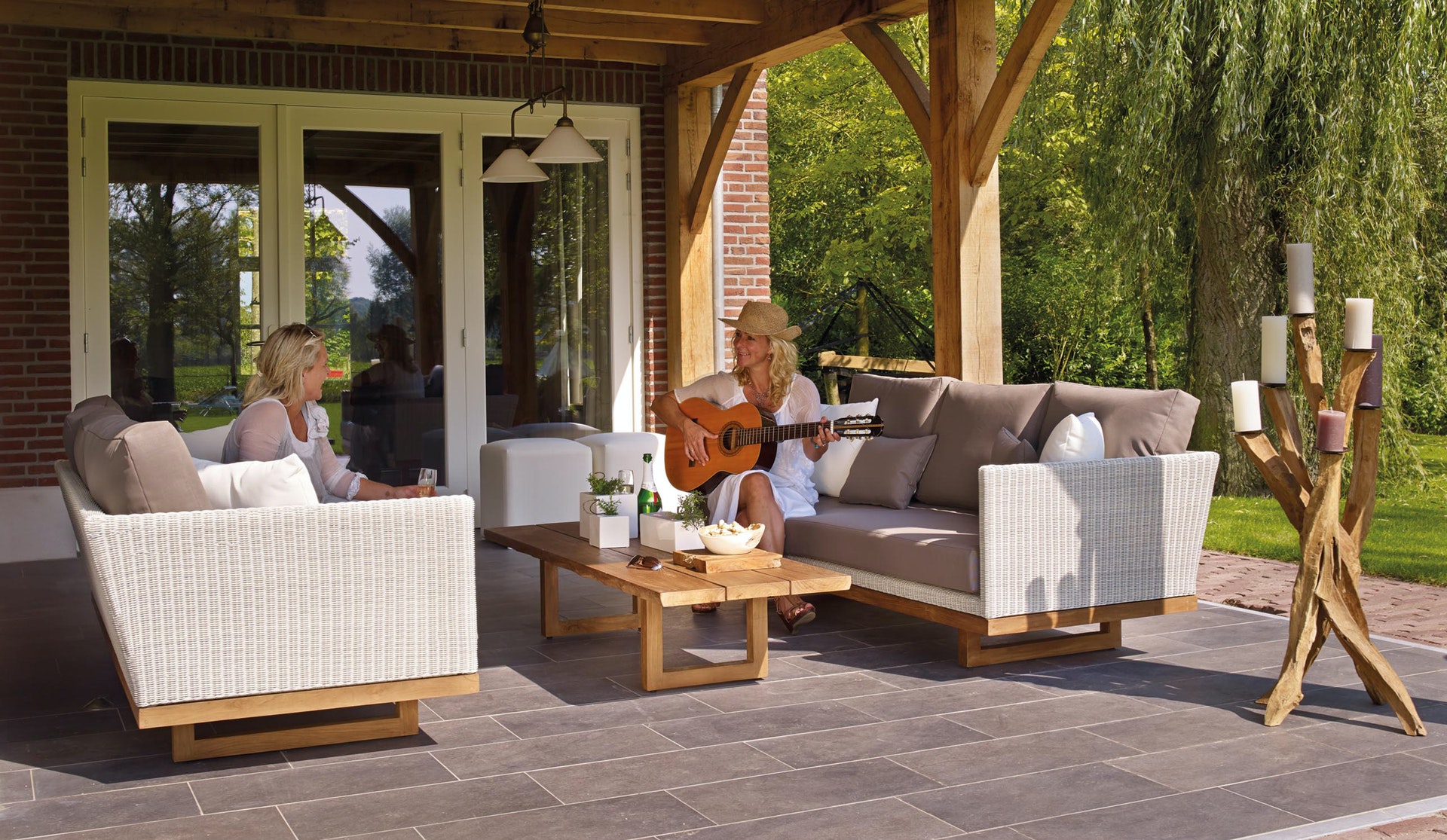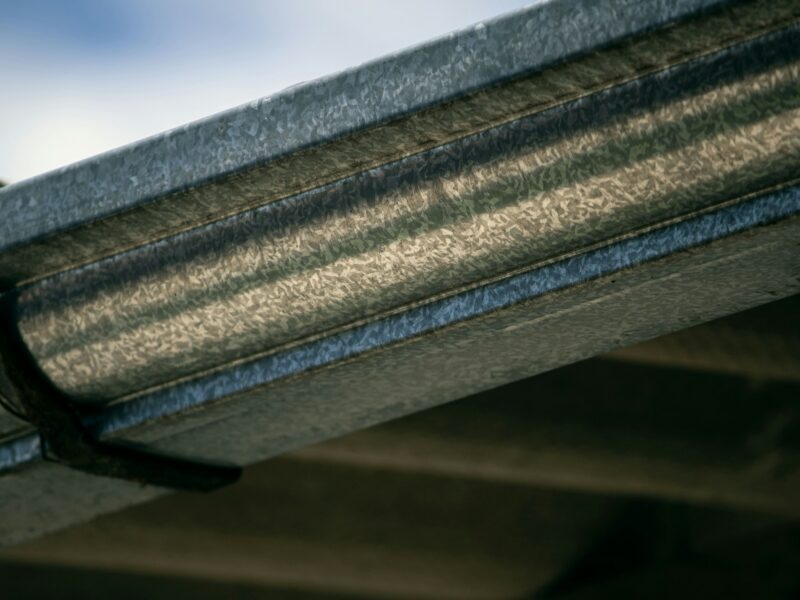“Going Green” is a lifestyle choice that protects the natural environment when you make environmentally friendly decisions. This includes simple things like turning off the lights and the water when not in use, and it can also refer to more advanced lifestyle changes, like going vegan and switching to an electric vehicle.
Just about every daily activity can be made “green”, and home improvement is no exception. Here are four ways that everyone can make a more environmentally friendly home.
Contents
#1: Energy-Efficient Appliances and Lighting
One of the easiest ways to make your home more environmentally friendly and energy efficient is to switch from incandescent light bulbs to LED (light-emitting diode) light bulbs. According to energy.gov, LED light bulbs last up to 25% longer, use 90% less energy, and can save homeowners more than $200 each year, compared to incandescent light bulbs.
In addition to your lights, the appliances in your home also use a great deal of energy, so it’s a good idea to invest in energy-efficient appliances. Appliances that are Energy Star certified may cost you more upfront, but will save you more money in the long run. Some energy saving appliances to invest in include:
- Water heater
- Washing machine and dryer
- Refrigerator
- Heating and cooling appliances
#2: Plant a Garden
Planting an outdoor or indoor garden (or both) is another great way to make your home more environmentally friendly. With an outdoor garden, you can plant your own fruits, vegetables, and herbs— which can cut down the amount of trips you take to the grocery store, reducing the amount of carbon emissions from your car. A garden also pairs well with a compost bin, where you can take your food scraps and turn it into organic material to add back into your garden’s soil.
As for an indoor garden, it’s possible to grow herbs and other plants indoors. However, plants like bamboo palm and peace lillies are best for the indoors because they will improve your indoor air quality (IAQ) by removing indoor air pollutants and making the air in your home easier and healthier to breathe. Both gardening and having an indoor garden (or at least indoor plants) are beneficial for both your physical and mental health.
#3: Reduce, Reuse, Recycle, Repurpose, Reclaim, Renew
Reduce, Reuse, and Recycle (also known as the “3 Rs”) is a well-known method that helps minimize the amount of wasted materials— and this method can be applied to several home improvement projects in your home. For example, you can use recycled materials when updating your floors or cabinets. You can also use repurposed and reclaimed materials when tackling projects in your home.
You can also use forms of renewable energy when making improvements to your home. One of the most well-known sources of renewable energy is sunlight, as seen in solar panels to provide light, heat, and other forms of energy. Other examples of renewable energy include:
- Wind energy
- Tidal energy
- Hydro energy
- Geothermal energy
- Biomass energy
#4: Upgrade Your Windows and Doors
In the summertime, the cool air in your home can escape through the doors and windows through cracks and gaps. The same thing can happen with heat in the wintertime, and this can raise your energy costs all year long. Fortunately, this costly problem can be solved by caulking or glazing your doors and windows, or through some other form of sealing cracks and gaps.
Another option is to completely replace your doors and windows. Upgrading to energy-efficient entry doors and vinyl windows are great long-term solutions and investments that can help increase your property value. These home improvements will help keep your home cool in the summer, warm in the winter, and most importantly, keep your energy usage and costs down.
You can also make many more environmentally friendly choices for your home, such as using eco-friendly paint when painting and eco-friendly cleaning products when cleaning. Many household essentials have VOCs (volatile organic compounds)— which are human-made chemicals that harm both humans and the environment. So even making these simple changes can make your home more environmentally friendly.
The next time you have a home improvement project to tackle, consider making environmentally friendly choices. Not only is this good for the environment, but it’s also good for your finances. By switching to an environmentally friendly method of home improvement, you’ll save money on water and electricity costs, and you’ll also increase the property value of your home.



